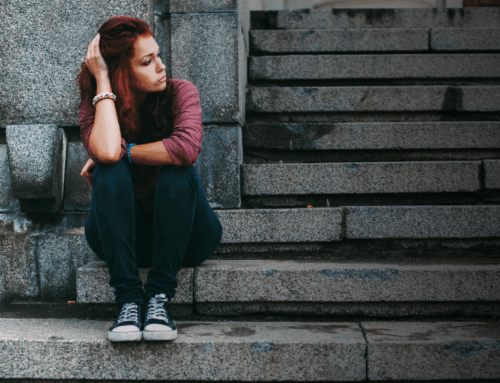Suicide and self-harm remain taboo topics in schools, despite the fact youth suicide has reached a ten year high.
Recent statistics show around eight children and young people die by suicide each week in Australia. Around one in ten self-harm during their teenage years. This loss of life means that the topic is too important not to talk about, but parents and teachers are often concerned that talking about suicide or self-harm may put ideas in young, impressionable minds.
Teachers and parents are often concerned about putting ideas in students’ heads. They worry talking about it more will lead students to swap strategies and compare wounds, and whether there are resources to support additional disclosures.
The World Suicide Prevention Day (September 10) and RUOK Day (September 14) campaigns are encouraging people to have honest conversations about suicide and mental health. To do so, we need to dispel the myths that encourage silence on these topics.
Why do we need to talk about self-harm and suicide?
A prevailing myth about self-harm is that people do it for attention. If we follow this logic, we can assume that we will naturally identify those who are engaging in self-harm or considering suicide. Overwhelmingly, research does not support this idea. Only around halfof young people who self-harm disclose the behaviour to anyone. Young people often go to great lengths to hide self-harm.
It can be very hard to admit self-harm or suicidal thoughts. People may fear a negative response or worry that information will be spread without their consent. Some young people may not view their behaviour as a problem. Self-harm is often a way of trying to cope with overwhelming emotions, and some people may feel that this strategy is “working”.
Teachers and parents might be on the look-out for warning signs for self-harm or suicide, such as depression, anxiety, low self-esteem, or experiencing stressful life events. However, our recent research highlights that not all young people who self-harm fit this profile. Yes, we need to keep an eye out for self-harm, suicidal behaviour, and other mental health difficulties, but unfortunately this is not enough.
As a community, we need proactive, positive strategies to reduce youth self-harm and suicide. Schools are on the front line of this work because they provide the greatest access to young people.
Will discussing self-harm and suicide encourage it?
–
Read More: Talking About Suicide and Self-Harm in Schools Can Save Lives







Leave A Comment